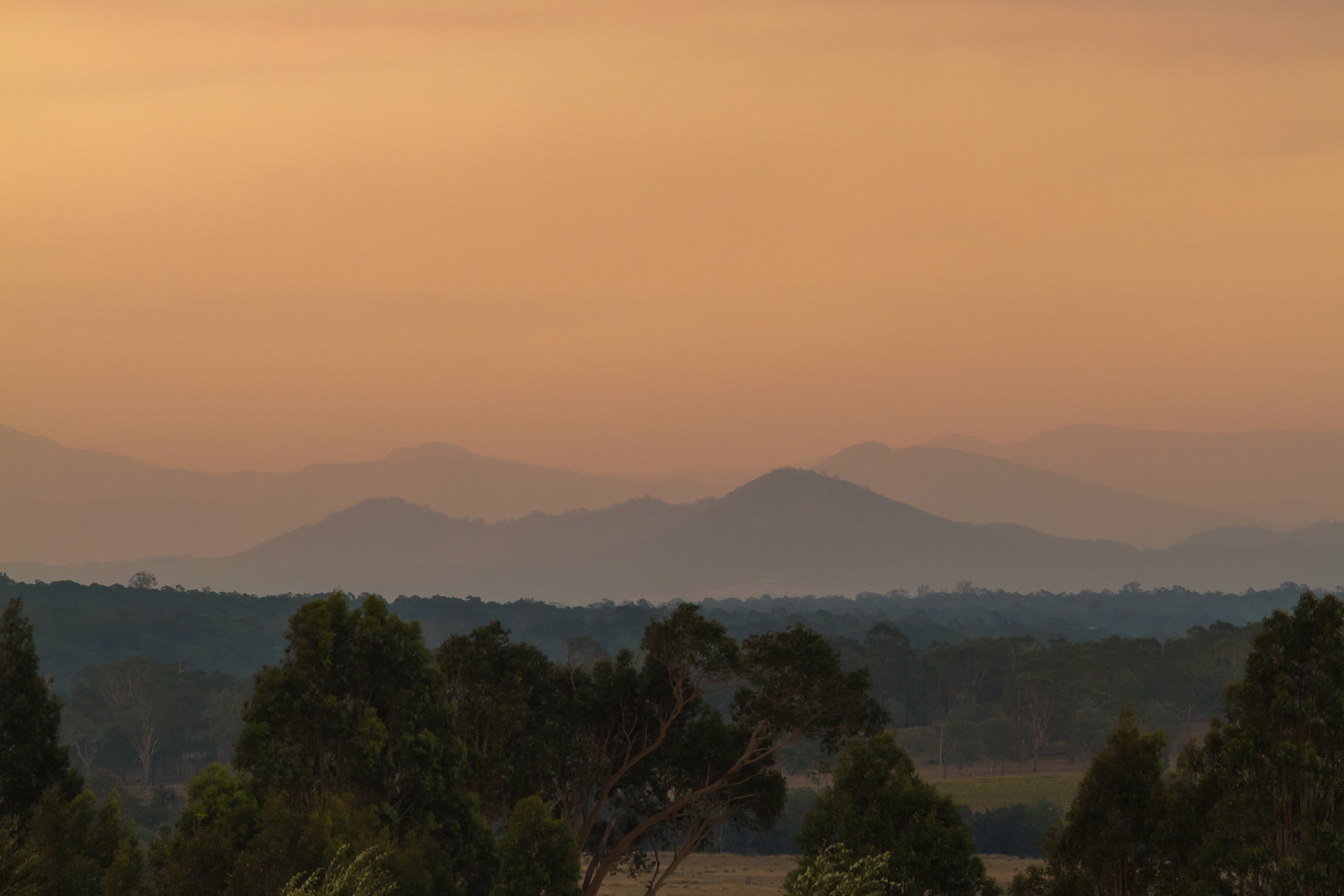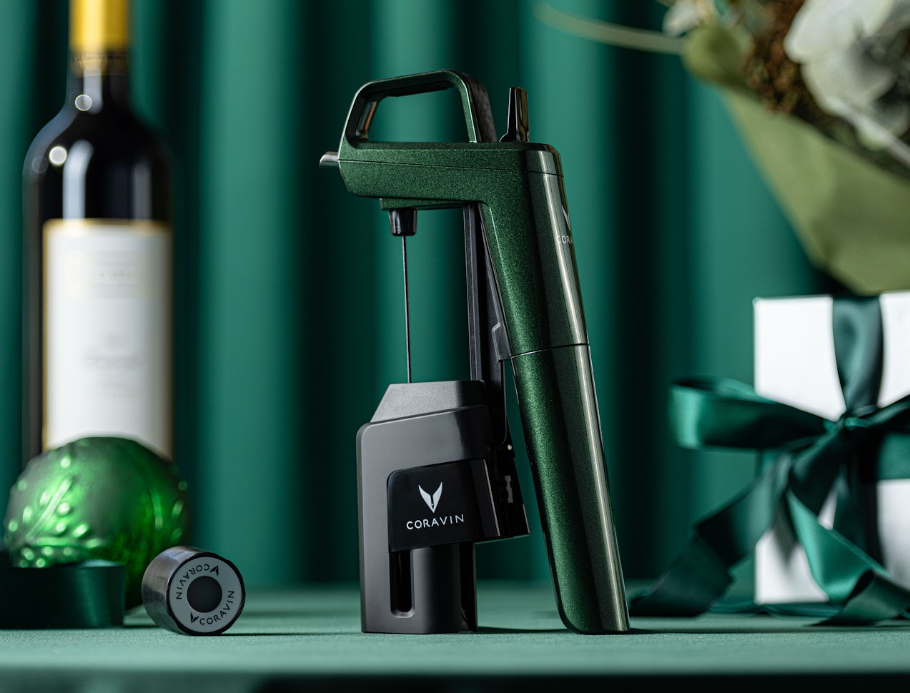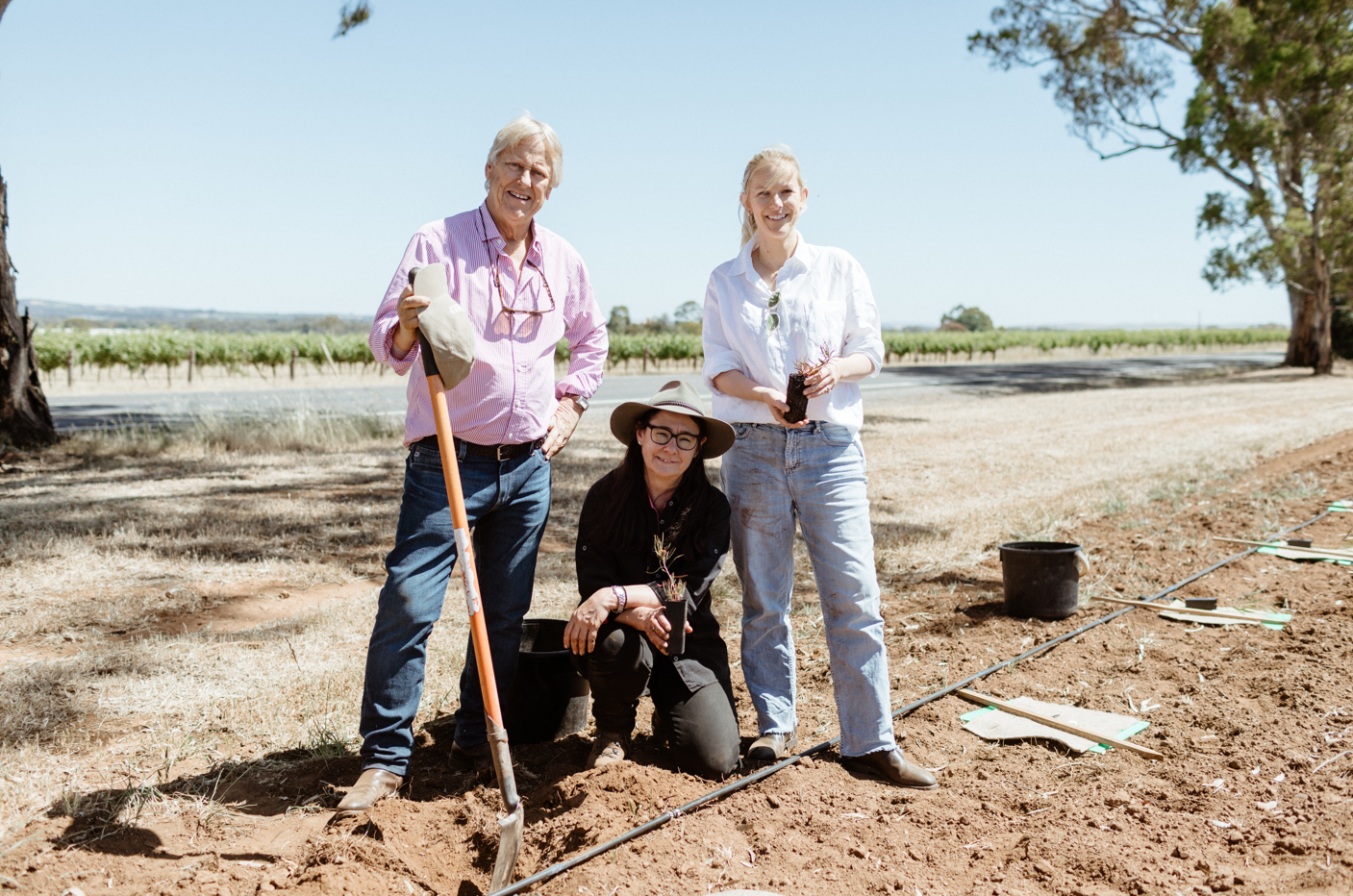Smoke Taint is a problem that few wine producing countries are forced to manage on a regular basis. Australia, however, is the most fire-prone nation on earth, with emergency services responding to between 45,000 and 60,000 bushfires in any given year. Thus, it is an issue our vineyards are more accustomed to than most, and one that will likely continue to increase over time.
One solution currently doing the rounds is the brandy/whiskey project of Patricia Green Cellars, Oregon USA. However, despite being touted as innovative and experimental, the concept of using smoke tainted grapes for spirits is nothing new.
Simon Tolley and the University of Adelaide conducted a research project about the possibility of producing smoke-flavoured brandy using tainted grapes in 2021, and Archie Rose released its Hunter Valley Shiraz Spirit eau de vie the year prior.
Another interesting project is the Bright Side series by Wildflower Brewing, who partnered with Ravensworth Wines to release five beers using smoke-tainted grapes in the wake of the 2019 and 2020 bushfire season.
“We work really closely with them every year,” said co-owner and brewer Topher Boehm.
“So it came around by that… by saying, well, just because we can't make wine from it, it doesn't mean we should throw away the fruit.”
Topher attributes the success of the smoke taint beer project to a number of factors.
“Smoke in beer is a bit less of a turnoff [compared to in wine]: there’s an entire style in Germany with smoke as the main character, like the malt itself is quite smokey.
“It [also] seems that if the grapes were fermented within a different substrate, so not just to make wine but to be fermented in amongst beer, that we didn't get the same level of expression of smoke taint. So the fruit wasn’t as smokey, for instance, if it was in amongst our beer rather than being straight wine.”
As any Australian grape grower would be aware of, smoke taint is notoriously difficult to detect. This means that wine producers often remain aware of the flaw prior to harvesting, often resulting in an expensive lesson.
“Smoke taint comes across in wine grapes through fermentation. They're not there in the fruit alone, it's only once fermented that you actually do get the character from it,” said Topher.
Unfortunately, according to the Australian Wine Research Institute’s (AWRI) Smoke taint - entry into grapes and vineyard risk factors Fact Sheet, very little can be done to prevent smoke taint in the vineyard, although certain winemaking techniques can reduce its extent.
“Recent research has been unable to demonstrate any protective effects from applying horticultural barrier products to grapes prior to smoke exposure,” said the AWRI Fact Sheet.
“Given that most volatile phenols and their glycosides are located in the berry skins, harvesting, juice preparation and winemaking techniques will have a significant impact on how much, if any, smoke character can be perceived in wine following smoke exposure of grapes.”
With the AWRI admitting that our understanding of the chemistry of smoke taint is still very much in its infancy, experimental projects such as Wildflower’s Bright Side series will likely play an important role in finding solutions to a problem on the rise.
“This is the effective of climate change on things that we love, i.e. wine,” said Topher.
“We wouldn't we wouldn't do it intentionally, If that makes sense, like I wouldn't smoke taint grapes in order to make the beer in the future: It's definitely a biproduct of a time and place for sure.
“We have to face it, we can't just throw those grapes away.”
Share the content










